12 Forgotten Supermarkets That Were Once Community Staples
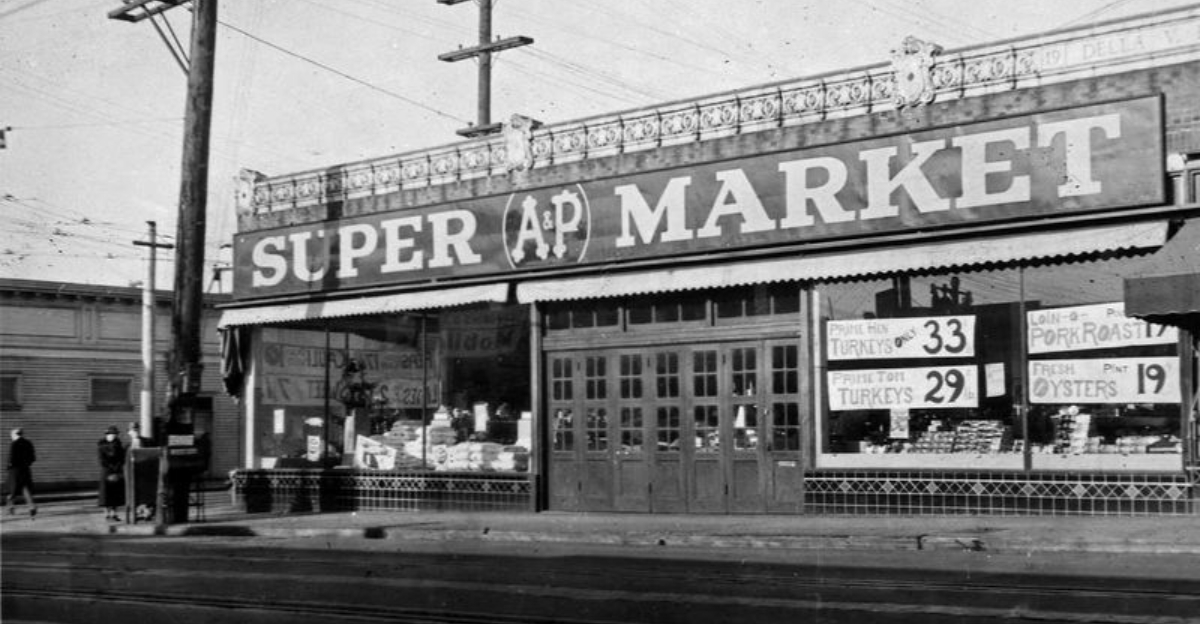
There was a time when the weekly shopping trip meant more than grabbing a few essentials: it marked a cherished event. In bygone days, local supermarkets served as more than mere retail spaces; they stood as vibrant social centers of the neighborhood.
Children received complimentary cookies from the bakery, parents exchanged town gossip among the produce, and everyone greeted the cashier by name. Yet, as retail giants ascended and shopping habits evolved, many cherished grocery chains quietly faded into history.
These 12 vanished supermarkets proudly anchored their neighborhoods, their memory lingering like the aroma of freshly baked bread from aisle three.
1. Alpha Beta
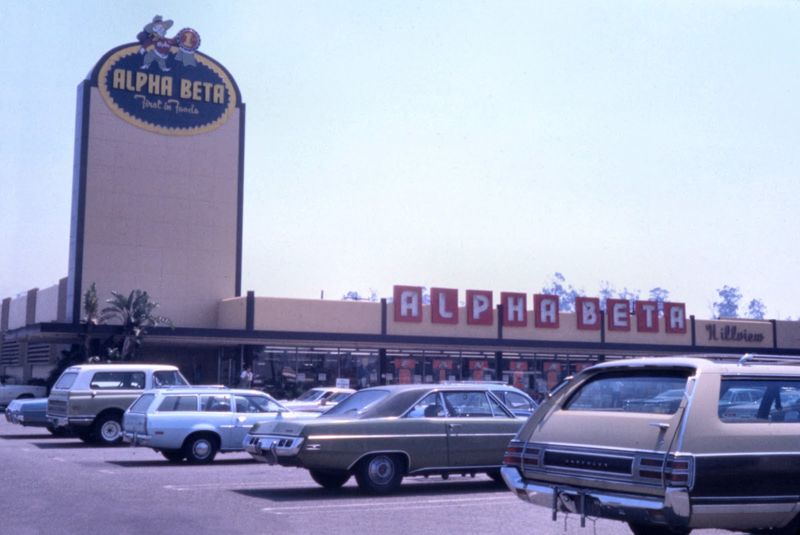
Known for its A-to-Z organization and the memorable jingle “Tell a friend, tell a neighbor,” Alpha Beta was once a major force in California grocery shopping. Its stores felt futuristic at the time, with wide aisles and logical layouts.
Eventually, it was bought by Lucky Stores and later absorbed by Albertsons, disappearing entirely by the late ’90s.
2. A&P (The Great Atlantic & Pacific Tea Company)
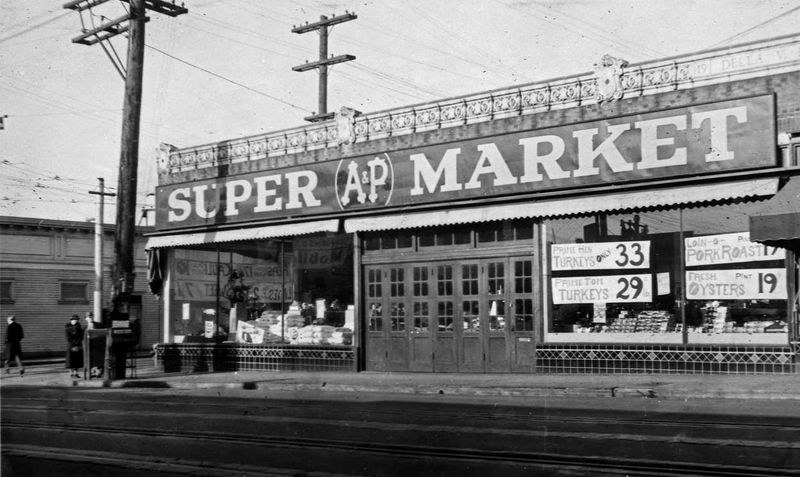
At one point, A&P was the largest grocery retailer in the world, pioneering the idea of a national chain store. Founded in 1859, it became a fixture in American life for over 150 years.
Unfortunately, outdated business strategies and stiff competition from modern retailers like Walmart and Kroger led to its final closure in 2015.
3. Food Fair / Pantry Pride
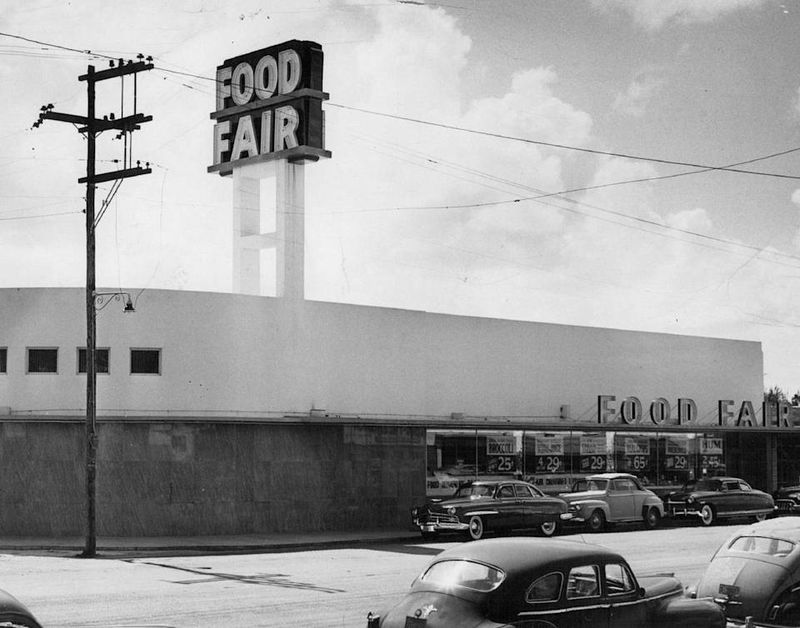
A beloved East Coast chain, Food Fair was rebranded as Pantry Pride in many areas during the 1970s. It stood out for its community-based advertising and focus on promotions.
However, aggressive expansion and financial missteps caused the chain to collapse, with its last stores shuttering by the late ’80s.
4. National Tea
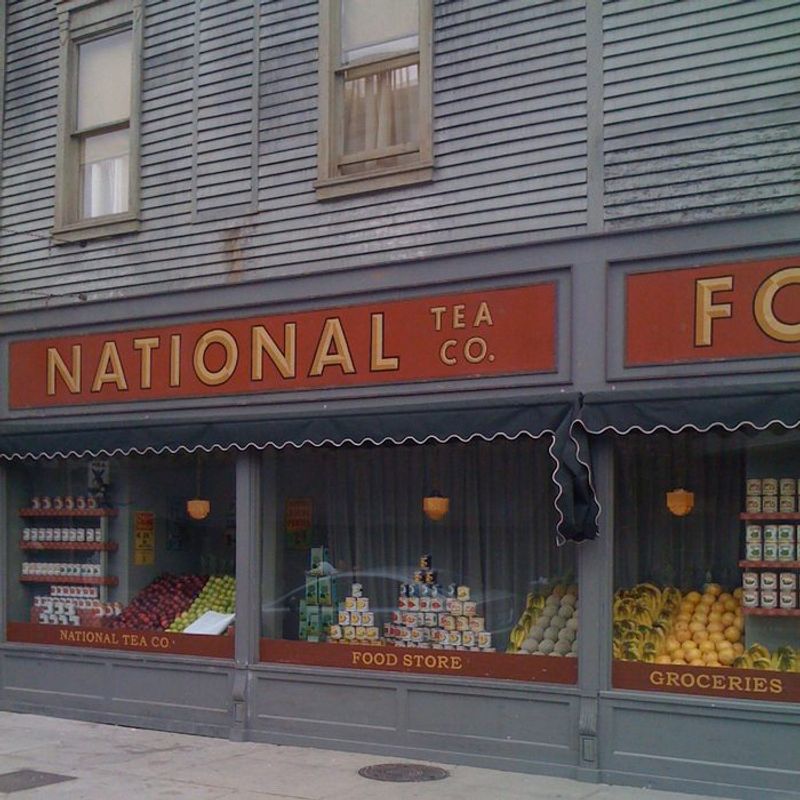
Originating in the Midwest, National Tea ranked among the top three grocery chains in the U.S., boasting thousands of locations at its height. Renowned for budget-friendly products and a welcoming atmosphere, it struggled to adapt to the modern supermarket model.
Through mergers and acquisitions, the brand gradually dissolved by the early 1990s, its legacy fading from the retail landscape.
5. Piggly Wiggly
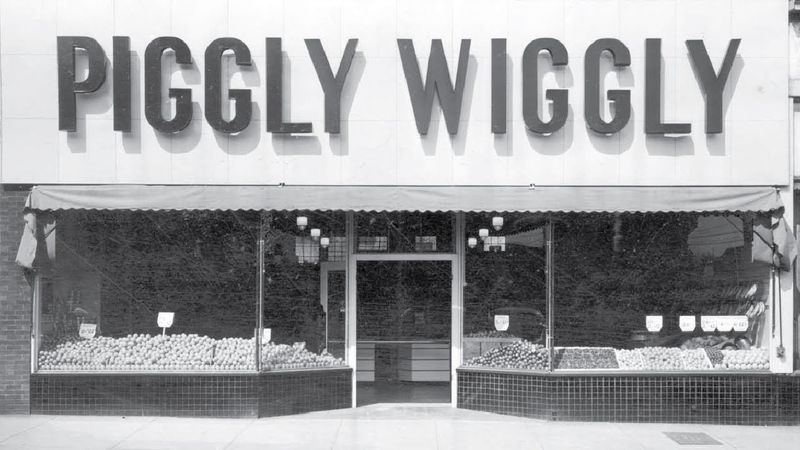
While Piggly Wiggly still exists in the South, it has disappeared from many other parts of the country where it once thrived. Founded in 1916, it revolutionized grocery shopping by introducing the self-service model.
Although still nostalgic for many, market pressures have made it increasingly rare outside its strongholds.
6. Safeway (in certain states)

Though Safeway remains prominent in the western U.S., it withdrew from markets like Florida and the East Coast years ago. In those areas, its outlets shone as modern, convenient, and neighborhood-centric hubs.
As corporate priorities shifted and competition intensified, many locations were sold or rebranded under different banners, leaving behind fond memories of their community engagement.
7. Grand Union
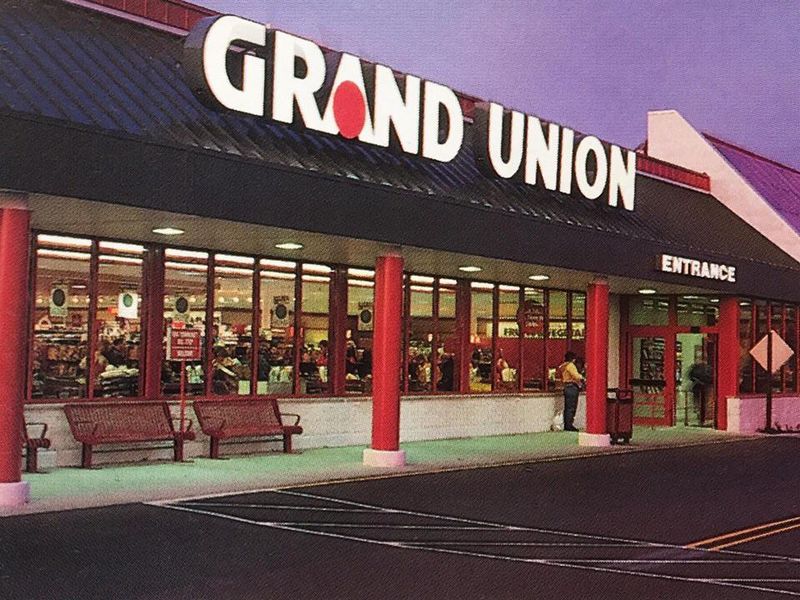
A Northeast icon, Grand Union was known for its modern store designs and early adoption of frozen foods and self-checkouts. It had a loyal customer base in states like New York and New Jersey.
Despite several attempts to modernize, financial struggles led to its eventual demise in 2013 after multiple bankruptcies.
8. Red Owl
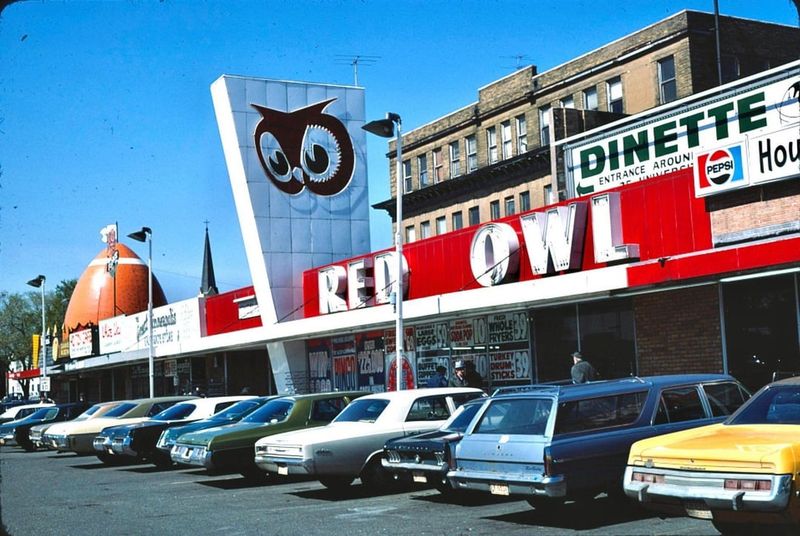
Based in Minnesota, Red Owl endeared itself to small-town shoppers with its mascot and courteous service. It served as a vital hub for community interactions, remembered for its colorful signage and inviting ambiance.
The brand waned in the 1980s after being sold and absorbed into larger retail operations, leaving a void in the hearts of its loyal patrons.
9. Colonial Stores
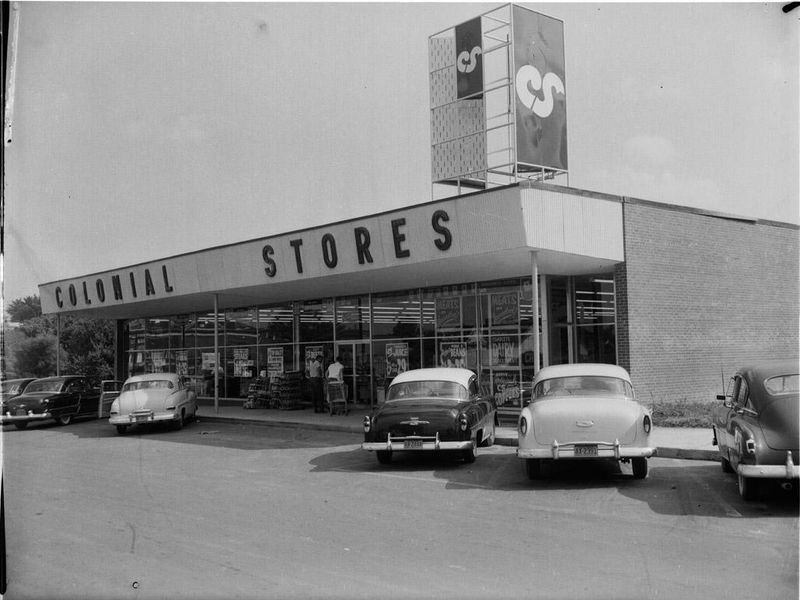
With its distinctive rooster logo and clean store design, Colonial Stores was a major grocery presence in the Southeast. It emphasized quality meats and produce and was one of the first chains to embrace air-conditioning.
Eventually absorbed into the Big Star and later A&P networks, the Colonial name faded away.
10. Fazio’s
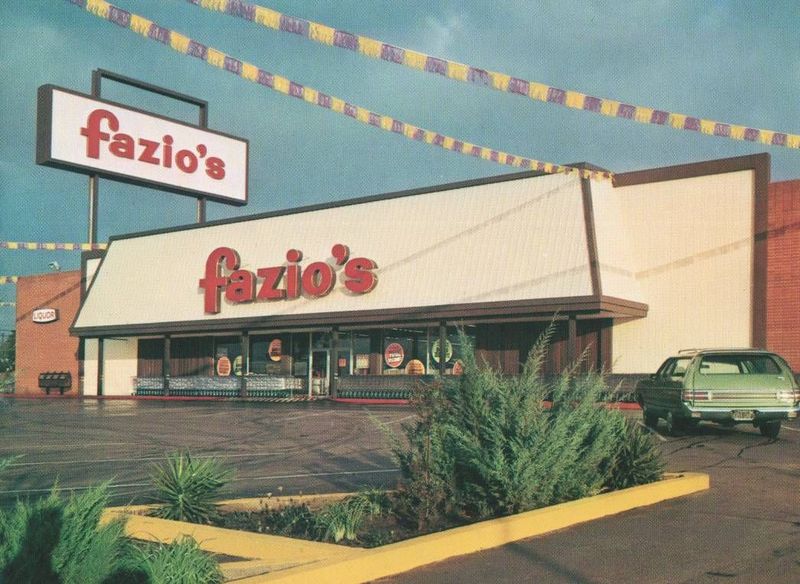
A Cleveland-based family enterprise, Fazio’s gained fame for its expansive grocery-and-department store hybrids. Shoppers valued the meticulous attention to detail and specialized sections like the deli and bakery.
As retail dynamics shifted, Fazio’s faltered against big-box competitors and vanished by the late 1980s, its unique shopping experience now a distant recollection.
11. Dominick’s
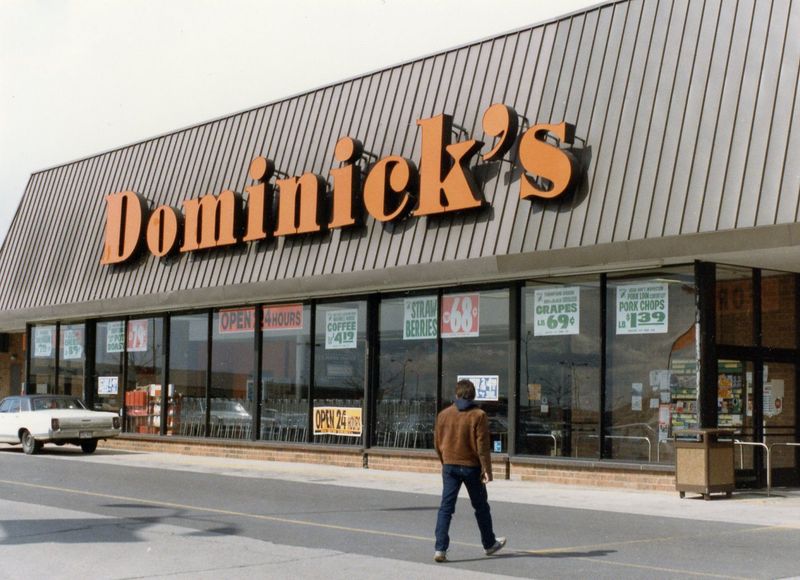
A beloved Chicago-area chain, Dominick’s offered a premium grocery experience with an emphasis on fresh foods and service. Many locals still remember the store’s warm lighting, deli counters, and gourmet offerings.
After being acquired by Safeway in the late ’90s, the brand lost its local feel and ultimately shut down in 2013.
12. White Front
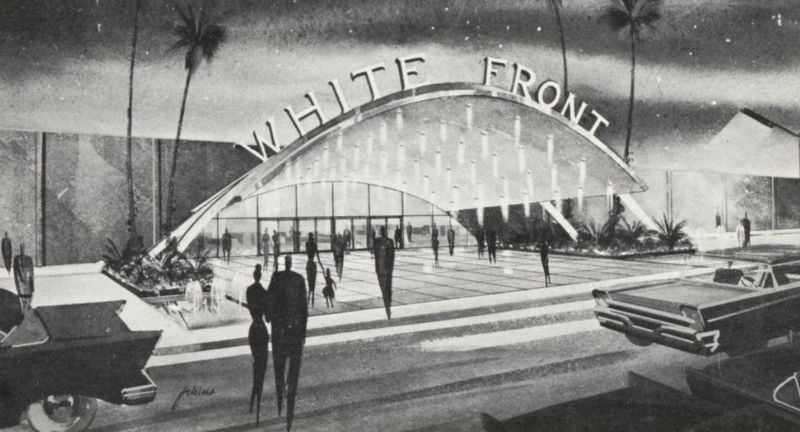
Though more of a discount department store, White Front included grocery departments that made it a one-stop shop for many California families. The giant bullseye logo was an unforgettable part of its identity.
It went bankrupt in the mid-’70s after rapid expansion and competition from more focused grocers and department stores.
